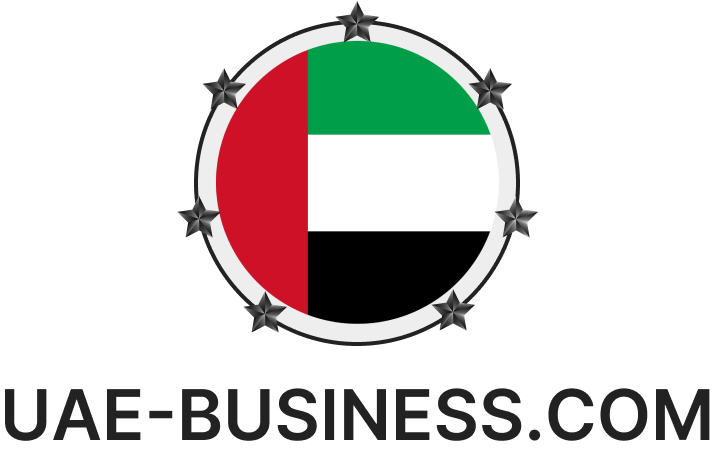How to Use Word of Mouth Marketing to Drive Sales in 2023
Word-of-mouth (WOM) means imparting information orally. So why are we talking about it? Well, when it comes to business, there is a little twist. It means people who have engaged with your business imparting formation about the company and experience to others – the others here being amongst their circle of influence, where their word is trusted and listened to.
In this world of a highly competitive market and diminishing attention span, WOM as a marketing strategy becomes one effective tool to get customer attention and hopeful entry into their buying basket at a nominal or no cost.
As a marketing tool, positive word of mouth has proven to be powerful, cost-effective, and valuable in boosting sales. A study revealed that word-of-mouth drives $6 trillion of consumer spending worldwide, accounting for nearly 13% of all sales.
With the market getting crowded with options, customer stickiness is taken on a new importance, and this requires efforts to build trust and loyalty, the latter being very fragile.
In this article, we’ll explore the benefits of word-of-mouth marketing and how one can use it effectively as a marketing tool in 2023.
Word of Mouth Marketing
Every experience prompts word-of-mouth, but positive word-of-mouth is what makes for a marketing tool. Positive word of mouth results when the customer’s experience is above and beyond their expectation, in other words, when they are truly delighted. This necessitates the need for WOM marketing to be a part of the sales strategy plan as well. For instance, a customer has a big get-together planned. Everything is set to T. lo! behold! Right in the middle of the party, late evening, the music system goes on a blink. The client knows no support will be forthcoming but still calls the service engineer on an off chance to explain his predicament. The guy rises to the occasion and goes to fix it – an action beyond the call of duty, and the customer realizes it gives you a customer for life. It will be a tale the customer will repeat on many an occasion building credibility for the brand and its service levels.
In current times of the extended social media family, the span of an individual’s influence has grown exponentially. Any experience, good, bad or superlative, finds a mention there and then starts the chain of shares and likes adding to the message and brand’s credibility and giving the brand marketing mileage at no cost.
What makes Word of Mouth an effective Marketing tool is the fact that it leverages the concept of ‘social proof’. Social Proof refers to the tendency of humans to look at other people’s choices and factor that in when making their own choices. A survey from Nielsen showed that while 75% of people don’t believe in advertisements, 90% of those trust purchases made by friends and family, while 70% look for customer reviews before making a purchase.
The Difference Between Word of Mouth and Referral Marketing
Word-of-mouth and referral marketing are two of the most effective marketing strategies businesses can use to grow their customer base. While word-of-mouth marketing is a passive approach, referral marketing is a more proactive approach to generating leads.
Word-of-mouth marketing requires consistent delivery of delightful customer experiences to have customers spread the word about your business and recommend you to their friends and family. The fact that people trust the recommendation of someone they know and trust than an advertisement is what makes it a powerful tool.
On the other hand, referral marketing is a more proactive approach to generating leads. Instead of waiting for satisfied customers to refer others, businesses actively seek out customers to refer their friends, family & associates.
Let’s take an example of a software company to illustrate the difference between the two approaches. To generate word-of-mouth marketing, the company provides excellent customer service and high-quality software and hopes that satisfied customers will refer others to their business. With referral marketing, the company takes a more proactive approach by offering existing customers a discount on their subscription in exchange for referring new customers or providing them with a referral link that they can easily share with their network.
Types of Word of Mouth Marketing
There are two main types of word-of-mouth marketing: Organic Word of Mouth Marketing and Amplified Word of Mouth Marketing.
Organic Word of Mouth: Organic word of mouth occurs when individuals voluntarily share positive experiences about a brand with others without any direct action from the brand. It generates free high-value publicity for the brand, building brand awareness and trust. However, organic word-of-mouth marketing is challenging to track, and its reach is unpredictable.
Amplified Word of Mouth: Amplified word of mouth refers to peer-to-peer sharing actively encouraged by the brand through a marketing campaign. While the messages themselves still come from the brand’s customers and fans, the brand makes sharing easier through the campaign and can track the volume and source of the sharing. By incentivizing customers to share their experiences, providing exclusive content or early access to new products, or offering referral rewards, brands can amplify word of mouth and drive new business. This type of word-of-mouth marketing can be a powerful tool for brands looking to expand their reach and generate new leads, as it combines the credibility and authenticity of word-of-mouth with the intentionality of a marketing campaign.
How to Use Word of Mouth Marketing for Campaigns
Here are a few different word-of-mouth marketing campaigns that can be deployed by your business to improve conversion on leads and boost sales.
Referrals: Compared to other forms of advertising, Referrals result in 3-5x higher conversion. Furthermore, referred customers bring in a 25% higher profit margin and are 18% more loyal than those acquired by other channels. A referral program should consider the advocate and potential customer journey. Providing advocates with a referral link to share makes the message feel more authentic and trustworthy while allowing potential customers to choose whether or not to engage with the program.
Influencer Marketing: The influencer marketing channel is exceptionally effective for targeting consumers on social media. A consumer survey shows that they only trust 38% of branded social media content, but that figure nearly doubles to 61% when the recommendation comes from an influencer. Businesses should identify creators targeting their product niche or those that have complementary personalities that best fit the brand to partner and create a campaign.
Brand Ambassador Marketing: Brand ambassadors are a great way to promote a brand over time. They are high-profile hand-picked representatives who genuinely share why they love your products and how they use them online and offline. Unlike influencer marketing which is often short-term, brand ambassadors prioritize building long-lasting relationships with their audiences, making their recommendations even more trustworthy.
Conclusion
Word-of-mouth marketing is a potent and economic strategy for businesses to enhance sales and enlarge their customer base. For the word-of-mouth marketing strategy to be effective, the brand has to live by its brand promise and exemplify deliverables. It holds true for both product and service businesses.
This approach harnesses the power of social proof, which requires satisfied customers to endorse the brand to their connections, resulting in higher conversion rates and greater trust in the brand.
While proactive programs may be engaged to speed up lead generation, such as referral and influencer marketing or employ a brand ambassador for a quick mind share, customer orientation is the key. Organic or amplified approach, word-of-mouth marketing offers an effective campaign strategy that presents opportunities to drive new business and boost revenue.

Ratish Pandey
Business Coach
Ethique Advisory
